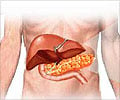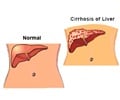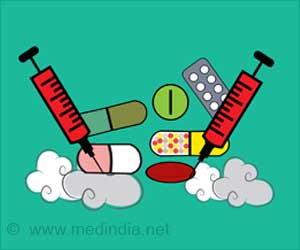
‘Mice exposed to caffeinated alcohol during adolescence were less sensitive to the pleasurable effects of cocaine.’
Tweet it Now
These energy drinks can contain as much as 10 times the caffeine as soda and are often marketed to adolescents. But little is known about the health effects of the drinks, especially when consumed with alcohol during adolescence. Van Rijn and graduate student Meridith Robins published results in the journal Alcohol that showed adolescent mice given high-caffeine energy drinks were not more likely than a control group to drink more alcohol as adults.
But when those high levels of caffeine were mixed with alcohol and given to adolescent mice, they showed physical and neurochemical signs similar to mice given cocaine. Those results were published in the journal PLOS ONE.
"It seems the two substances together push them over a limit that causes changes in their behavior and changes the neurochemistry in their brains," van Rijn said. "We're clearly seeing effects of the combined drinks that we would not see if drinking one or the other."
With repeated exposure to the caffeinated alcohol, those adolescent mice became increasingly more active, much like mice given cocaine. The researchers also detected increased levels of the protein ΔFosB, which is marker of long-term changes in neurochemistry, elevated in those abusing drugs such as cocaine or morphine.
Advertisement
"Mice that had been exposed to alcohol and caffeine were somewhat numb to the rewarding effects of cocaine as adults," van Rijn said. "Mice that were exposed to highly caffeinated alcoholic drinks later found cocaine wasn't as pleasurable. They may then use more cocaine to get the same effect."
Advertisement
"Their brains have been changed in such a way that they are more likely to abuse natural or pleasurable substances as adults," van Rijn said.
Van Rijn plans to continue studying the effects of legal, available psychostimulatory substances that may be harmful to adolescent brains. His next project involves investigating ethylphenidate, a drug similar to methylphenidate, the drug used for attention deficit disorder and most commonly known as Ritalin. The latter requires a prescription, while the former can be purchased without one, often online. His research group also works on finding new treatments for alcohol use disorder.
Source-Eurekalert












